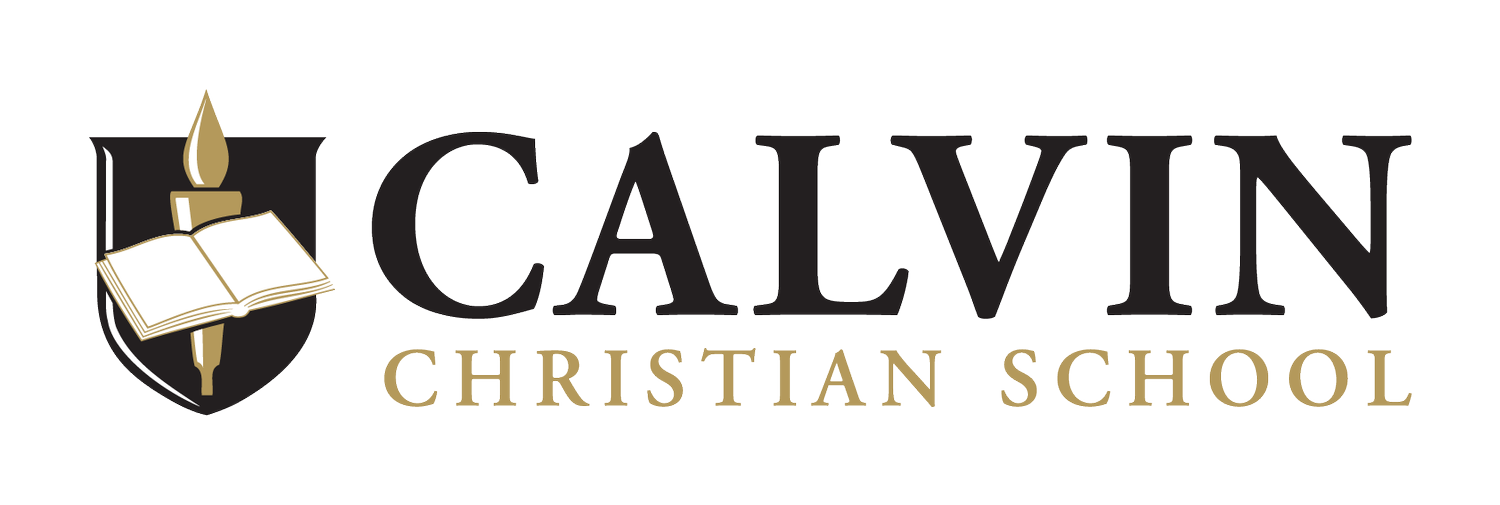It is exciting to see building work and redevelopment underway around our School campuses.
The demolished space that was our Primary Administration is being rebuilt, our new primary classrooms are on schedule, and the Maintenance Teams are transforming our grounds. The building works in particular have brought new teams of workers onto our School site, separated by safety fencing and keenly observed by our students.
With my hi-vis vest on one morning last term, I was taking a tour of the building site with our site foreman whilst the primary students enjoyed the playground before the start of the school day. Spotting me on the ‘wrong side’ of the fence, a few of the students waved, looked quizzically and then asked the questions that were troubling them:
“What are you doing over there, Mr Ambrose?”
“Are you working there today?”
I quickly reassured the students that I wouldn’t be working there today, and in fact, I was unlikely to be particularly helpful for the electricians on site that day. In the mind of a group of seven and eight-year-olds, my location and hi-vis vest suggested a possibility that was simply not reality. It is relatively easy to look the part, much harder to maintain the image without the right skill set. In fact, there is nothing more unnerving than being put in a position beyond our own abilities.
Today our students returned to school, all looking the part in their uniforms. For some, we know that turning up is not as easy as it might appear and the fear, whether real or imagined, that they don’t have the knowledge or the skills to succeed in a given situation (whether that be academic or social) might be very real. Understanding that just because you look like you are meant to be somewhere does not mean that you are feeling like you belong.
When we understand this, we realise that our efforts to know and understand our students better are critical to support their engagement with school, peers, and their own learning. In this, we rely on our partnership with parents and the flow of communication that enables us to keep each other (parent and school) informed about the challenges that impact upon our young people. When we hold the perspective that each of our students is a spiritual being, a unique creation in the image of our God, we establish a vital foundation for all that we do as a school. That sense of value for one another is a powerful way to build a community. The central focus that this places on our individual relationship with God also gives a purposefulness to our activities as followers of Jesus.
As Term 2 starts, I am sure that you will join me in praying for our young people, your children, as they continue to grow in knowledge and understanding and in “the grace and knowledge of our Lord and Saviour Jesus Christ” (2 Peter 3:18).
Scott Ambrose - Principal

